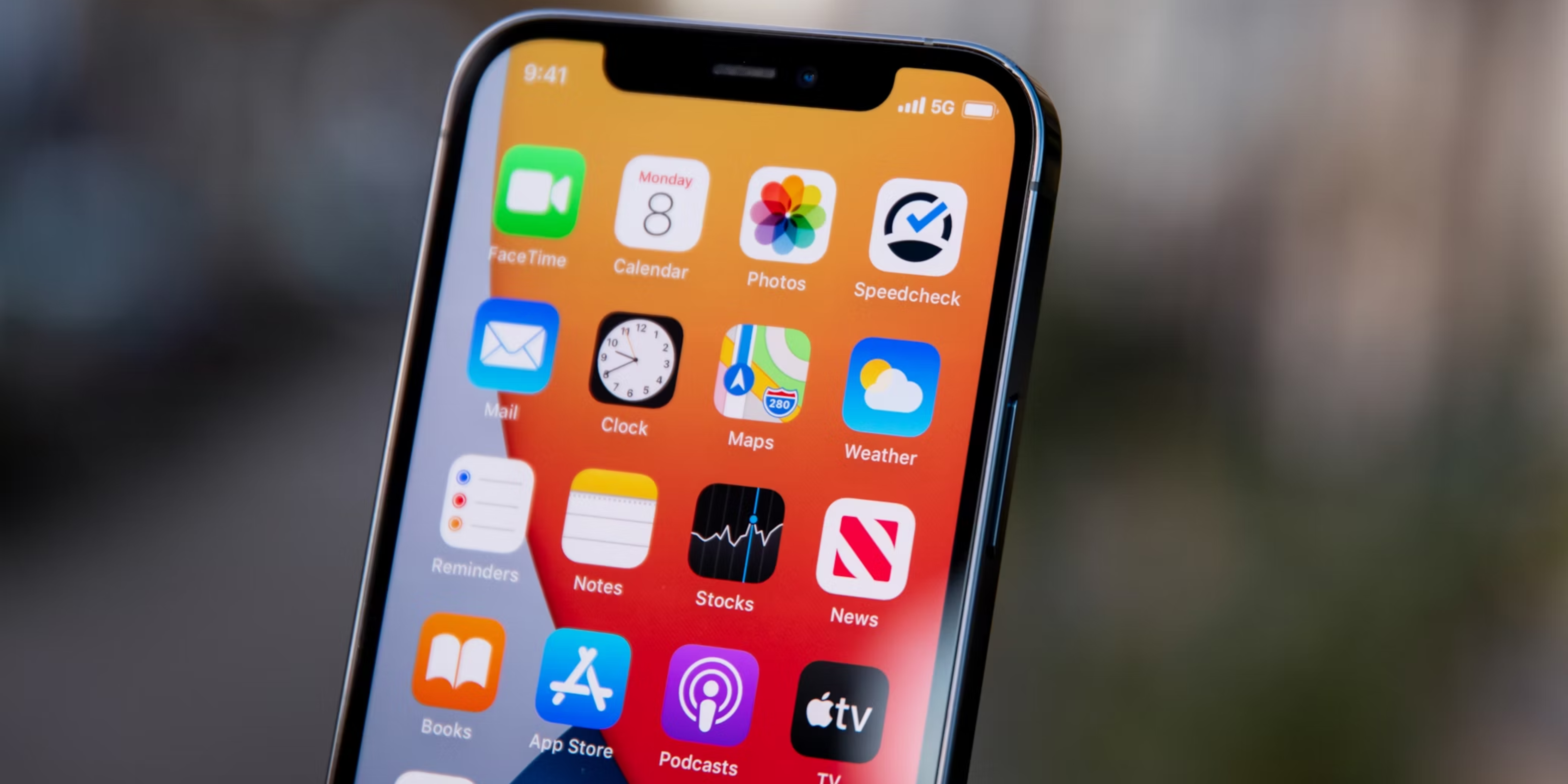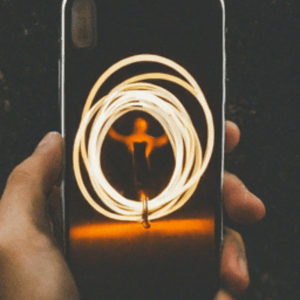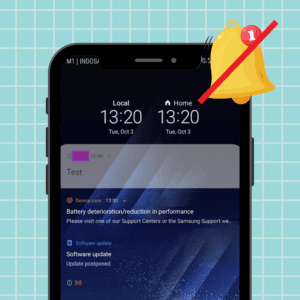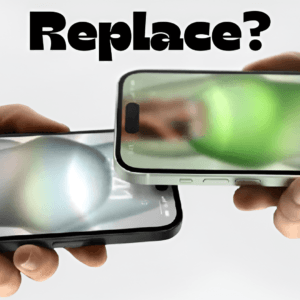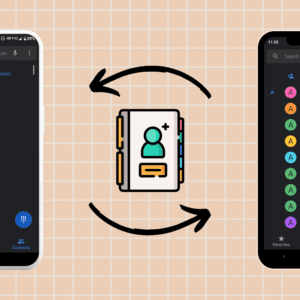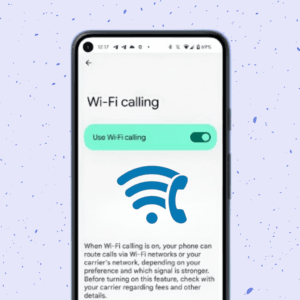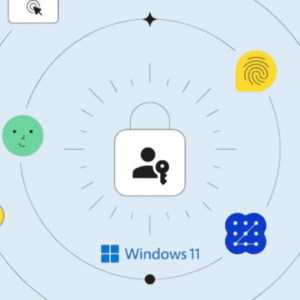It can be incredibly frustrating when your iPhone does not ring, especially if you’re missing important calls from family, friends, or work. There are several reasons why this might happen, ranging from simple settings adjustments to more complex technical issues. In this guide, I’ll walk you through various simple methods to troubleshoot and fix the problem of your iPhone not ringing.
1. Check and adjust volume settings
Ensuring the volume settings are properly adjusted can resolve the issue of your iPhone not ringing. Often, the ringer volume may be turned down inadvertently. By accessing the volume controls through the Settings app or using the volume buttons on the iPhone’s side, you can ensure the ringer volume is set to an audible level. This simple check can instantly restore the ringtone functionality, preventing missed calls.
1. Unlock your iPhone and go to the Home Screen.
2. Use the Volume Up button on the side of your phone to increase the ringer volume.
3. Alternatively, go to Settings, and tap Sounds & Haptics.
4. Under Ringer and Alerts, drag the slider to increase the volume.
2. Disable silent mode
Silent mode is a common culprit when your iPhone isn’t ringing. The switch on the side of your iPhone controls silent mode; if it’s toggled to silent, the phone won’t ring. Disabling silent mode by flipping the switch back ensures that your iPhone will ring for incoming calls, alerting you as intended and ensuring you don’t miss important communications.
1. Check the Ring/Silent switch on the left side of your iPhone.
2. If the switch shows orange, it means your phone is in silent mode. Flip the switch to turn off silent mode.
3. Confirm that the bell icon appears on the screen, indicating that silent mode is off.
Also read: How to set any song as a ringtone on an iPhone.
3. Disable Focus mode
Focus modes such as Do Not Disturb can silence your iPhone, preventing it from ringing. Disabling Do Not Disturb, or any other active focus mode ensures that incoming calls will produce an audible ring. This adjustment helps maintain your availability and responsiveness, especially during important times when you need to be reachable.
1. Open Control Center by swiping down from the top-right corner of your screen (for iPhone X and later) or up from the bottom (for iPhone 8 and earlier).
2. Check if the Focus icon (crescent moon) is enabled.
3. If it is, tap on it to disable Do Not Disturb.
4. Alternatively, go to Settings, select Focus, and turn off Do Not Disturb.
4. Make sure your mobile plan is active
An inactive mobile plan can prevent your iPhone from receiving calls altogether. Verifying that your mobile plan is active with your carrier ensures that your phone is properly connected to the network. This connectivity is crucial for your phone to ring when receiving calls, helping you stay connected and reachable.
1. Go to Settings and select Cellular.
2. Check if your carrier’s name appears at the top.
3. If you see No Service or Searching, contact your carrier to ensure your plan is active.
5. Check you’re reachable via Cellular or Wi-Fi calls
Ensuring that you are reachable via cellular or Wi-Fi calls can address the issue of your iPhone not ringing. Sometimes, network settings might restrict incoming calls to Wi-Fi only or vice versa. Confirming and adjusting these settings can ensure that your phone rings regardless of your connection type, thereby improving your call reception reliability.
1. Go to Settings and choose Phone.
2. Tap on Wi-Fi Calling and ensure it is turned on if you rely on Wi-Fi for calls.
3. For cellular calls, ensure you have good signal strength, as indicated by the bars in the top-left corner.
Also read: How to share location on iPhone.
6. Inspect and clean the ringer
Physical obstructions can impede the iPhone’s ringer from functioning correctly. Inspecting and cleaning the ringer area can remove any dust or debris that might be blocking the sound. Regular maintenance in this regard ensures that the ringer operates at its full capacity, allowing you to hear incoming calls without interruption.
1. Inspect the speaker grill at the bottom of your iPhone.
2. Use a soft-bristled brush or a can of compressed air to gently clean the speaker.
7. Disable the Silence Unknown Callers option
The Silence Unknown Callers feature blocks calls from numbers not in your contacts, sending them straight to voicemail. Disabling this feature allows all calls to ring through, ensuring that you don’t miss calls from important but unfamiliar numbers, such as those from service providers, new acquaintances, or businesses.
1. Go to Settings and tap Phone.
2. Scroll down and find Silence Unknown Callers.
3. Toggle the switch to turn it off.
8. Disable call-filtering apps
Call filtering apps can inadvertently block legitimate calls, preventing your iPhone from ringing. Disabling these apps can restore the regular functionality of your phone’s ringer, ensuring that all calls, including those mistakenly identified as spam, are allowed to ring through and reach you.
1. Go to Settings, select Phone, and choose Call Blocking & Identification.
2. Review the list of call-blocking apps and disable any that may be causing issues.
Also read: How to turn videos into GIFs on your iPhone.
9. Disable call forwarding
Call forwarding redirects your calls to another number, which can cause your iPhone to not ring. Disabling call forwarding ensures that all incoming calls ring directly on your iPhone. This is particularly useful when you rely on your phone for critical communications and must always be directly reachable.
1. Go to Settings and tap Phone.
2. Tap on Call Forwarding.
3. Ensure the toggle is turned off.
10. Check a contact’s custom ringtone
Custom ringtones set for specific contacts might be set to silent or an inaudible tone. Checking and adjusting the custom ringtones for your contacts ensures that calls from them ring with an audible tone. This can help you avoid missing calls from important individuals due to ringtone settings.
1. Open the Contacts app.
2. Select the contact that isn’t ringing.
3. Tap on Edit and select Ringtone.
4. Ensure the ringtone is not set to None.
11. Make sure CarPlay is not connected
When connected to CarPlay, your iPhone may not ring if the audio settings are configured to play through the car’s speakers. Adjusting these settings ensures that incoming calls are audible either through the car’s speakers or the phone itself, depending on your preference, ensuring you don’t miss calls while driving.
1. Disconnect your iPhone from CarPlay.
2. Check if the phone rings normally.
12. Check for hardware damage
Hardware damage, particularly to the speaker or internal components, can prevent your iPhone from ringing. Inspecting for any signs of physical damage and seeking professional repair if necessary ensures that your phone’s ringer functions correctly, allowing you to hear incoming calls and stay connected.
1. Inspect your iPhone for any visible damage.
2. If the phone has been dropped or exposed to water, consider taking it to an Apple Store or authorized service provider for inspection.
Also read: How to hide alerts in Messages app on iPhone.
13. Update the iOS on your device
Software issues can cause your iPhone’s ringer to malfunction. Updating to the latest version of iOS can resolve bugs and improve overall functionality. Keeping your software up to date ensures that your phone operates smoothly and that the ringer works properly, reducing the risk of missed calls.
1. Navigate to Settings, tap General, and select Software Update.
2. If an update is available, tap Download and Install.
14. Restart your iPhone
A simple restart can resolve many minor software glitches, including issues with the ringer. Restarting your iPhone refreshes the system and can restore normal ringer functionality. This basic troubleshooting step can often resolve the problem quickly, ensuring your phone rings as expected for incoming calls.
1. Press and hold the side and volume buttons until the slider appears.
2. Drag the slider to turn off your iPhone.
3. Wait a few seconds, then press and hold the side button again until the Apple logo appears.
15. Reset all settings
Resetting all settings on your iPhone can resolve configuration issues that might prevent the phone from ringing. This process restores your settings to their defaults without deleting data, which can clear up any misconfigurations affecting the ringer. It’s a useful step to ensure all settings are optimized for proper functionality.
1. Launch Settings, head to General, and tap Reset.
2. Tap on Reset All Settings and confirm the action.
Also read: How to get weather alerts on iPhone and iPad.
16. Restore iPhone to factory settings
Restoring your iPhone to factory settings can resolve persistent issues that prevent it from ringing. This process erases all data and settings, returning the device to its original state. It can eliminate deep-rooted software problems, ensuring that your phone functions correctly, including ringing for incoming calls.
1. Go to Settings, choose General, and select Reset.
2. Tap on Erase All Content and Settings.
3. Follow the on-screen instructions to complete the process.
17. Check the vibration setting on the iPhone
The vibration setting can sometimes override the ringer, especially if the phone is set to vibrate instead of ring. Checking and adjusting the vibration settings ensures that the phone rings audibly. This is particularly useful if you rely on hearing the ring to notice incoming calls, ensuring you don’t miss any due to silent vibration.
1. Go to Settings and choose Sounds & Haptics.
2. Under Vibrate, ensure both Vibrate on Ring and Vibrate on Silent are turned off.
iPhone rings perfectly now!
Dealing with an iPhone not ringing can be frustrating, but by following these detailed steps, you should be able to identify and fix the issue, whether it’s adjusting simple settings or performing more involved troubleshooting. Ensuring that your phone rings for incoming calls is crucial for staying connected.
FAQs
Q. Why is my iPhone not ringing for certain calls?
There could be several reasons, including enabling the Silence Unknown Callers setting, specific contacts having a silent ringtone, or call filtering apps blocking calls.
Q. What should I do if my iPhone still doesn’t ring after trying all the solutions?
If none of the methods work, consider visiting an Apple Store or contacting Apple Support for further assistance.
Q. How can I ensure my iPhone’s ringer works properly in the future?
Regularly check your volume and ringer settings, update your iOS, and avoid installing unreliable third-party apps.
Q. Can a damaged speaker affect my iPhone’s ringer?
Yes, physical damage to the speaker can prevent your iPhone from ringing. If you suspect hardware damage, seek professional help.
Was this helpful?
Introducing Bhaskar, your tech-savvy neighbor turned wordsmith extraordinaire. Over the past few years, Bhaskar has become the trusted authority for unraveling the mysteries of iOS, Android, macOS, and Windows. Armed with a B.Tech degree, he has dedicated himself to making technology easy to understand for everyone. His expertise shines through his contributions to well-known publications like Guiding Tech, iGeeksBlog, GeekFrost, and MakeUseOf (MUO). Bhaskar excels in creating straightforward how-to guides and comprehensive articles that make the complex tech landscape accessible to all. When he's not diving into the tech world, you'll find him enjoying music or indulging in sports.
